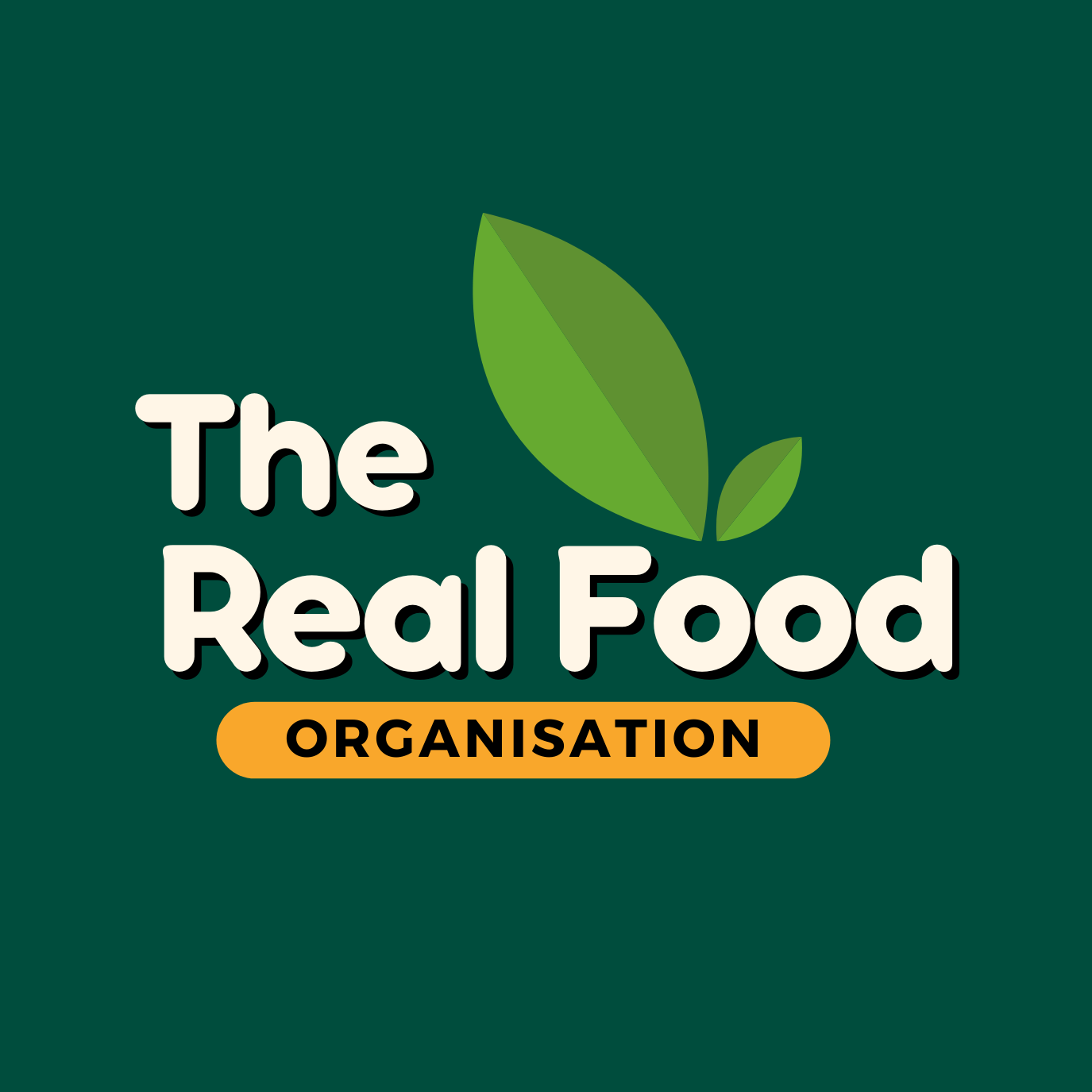In today’s fast-paced world, the food landscape has undergone a significant shift. The rise in ultra-processed foods (UPFs) has become a concern in the global narrative around health and nutrition. These UPFs, often loaded with additives and designed for convenience and prolonged shelf life, have become a staple in many diets worldwide. Recent research has underscored the potential health hazards associated with consuming these heavily processed foods, especially in high-income countries. However, a new study sheds light on their impact on type 2 diabetes in a unique setting – Brazil.
The Brazilian Longitudinal Study of Adult Health (ELSA-Brasil) is at the forefront of this investigation. Involving over 15,000 adults aged 35 to 74 years, this multicenter cohort study examined the association between UPF consumption and the incidence of type 2 diabetes among Brazilian adults. The findings from this study, published in a recent research article, provide compelling insights into the relationship between diet and the risk of developing this metabolic disorder.
The study observed a linear increase in the incidence of type 2 diabetes with higher consumption of UPFs. For every 150g/day increase in UPF intake, the risk of developing diabetes rose by 5%. Moreover, specific subgroups of UPFs appeared to have varying impacts. Processed meats and sweetened beverages were identified as significant contributors to an increased risk of diabetes, while yogurt and dairy sweets seemed to act protectively against this condition.
What makes this research particularly significant is its departure from previous studies conducted in high-income countries. Often, these studies provide valuable insights into dietary patterns and health outcomes. However, dietary behaviors and culinary traditions vary across populations, making it essential to examine the impact of UPFs in diverse cultural settings. Brazil, being a large middle-income country with unique food culture, adds depth to our understanding of how UPFs influence health outcomes.
This study addresses a critical gap in our understanding by investigating the association between UPFs and type 2 diabetes in a setting where dietary habits differ from those in northern hemisphere high-income countries. Its findings underscore the role of UPFs in the development of type 2 diabetes, emphasizing the need for more nuanced dietary recommendations and public health interventions tailored to diverse cultural contexts.
Despite its strengths, the study is not without limitations. The food frequency questionnaire used in the study was not specifically designed to assess UPF consumption, potentially underestimating the association between UPFs and diabetes risk. Additionally, the follow-up period might not capture the complete impact of UPFs on chronic conditions like diabetes.
Nevertheless, this research adds significant weight to the growing body of evidence linking UPFs to adverse health outcomes. It prompts a broader conversation around dietary choices, public health policies, and the role of UPFs in shaping the health of populations across various cultural landscapes.
As we navigate an era where food systems rapidly evolve and lifestyles change, understanding the impact of dietary choices on health becomes increasingly crucial. This study serves as a clarion call for more comprehensive research into dietary patterns and their implications on public health, advocating for healthier eating habits to combat the rising tide of chronic diseases like type 2 diabetes.
In conclusion, the findings from the ELSA-Brasil study spotlight the association between UPF consumption and type 2 diabetes in Brazilian adults, reiterating the need for a deeper exploration of dietary habits and their health ramifications across diverse populations. This research amplifies the urgency for informed dietary guidelines and policies tailored to various cultural contexts, aiming to promote healthier eating habits and mitigate the risk of chronic diseases worldwide.
See full article: https://dmsjournal.biomedcentral.com/articles/10.1186/s13098-023-01162-2



